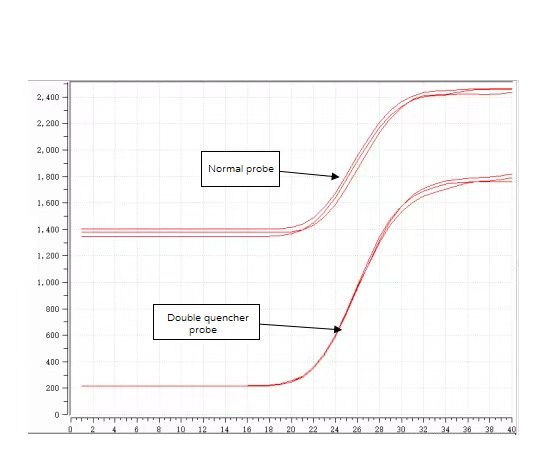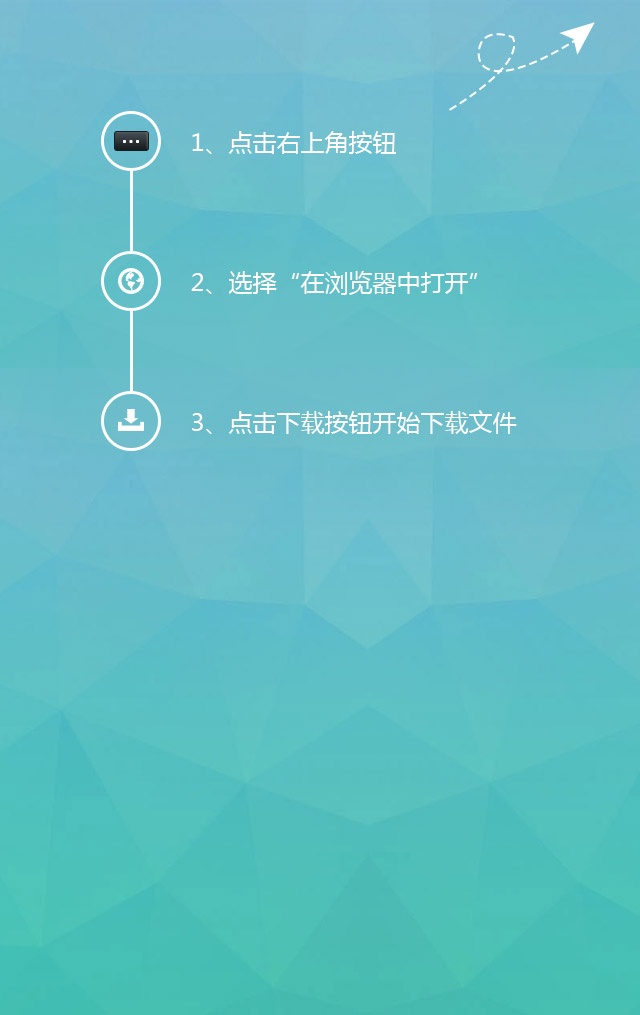GenePoly developed new double-quenchers to PCR detection
With the development of PCR detection technology, more stringent requirements have been put forward for the sensitivity, accuracy, fluorescence intensity, background signal and other technical indicators of probes. Ordinary fluorescent probes are often unable to meet such detection requirements due to excessively high fluorescence background. Therefore, double-quenched probes come into being, and the background signal of double-quenched probes is lower than that of ordinary probes. At present, it is widely used in chemical, environmental, biological, medical and other research fields.
According to the market demand, GenePoly has developed the BDQ (Black Double Quencher) series of double quenched fluorescent dyes: BDQ1 and BDQ2, which can be used to synthesize double quenched probes. BDQ-1 is suitable for FAM/TET/HEX/JOE/VIC channels, and BDQ-2 is suitable for Cy5/Quasar670 channels.
The basic working principle of the double quenching probe is the same as that of the ordinary probe, and the "double quenching" is to use two lines of defense to ensure the quenching of the fluorophores. That is, in addition to the ordinary quenching group at the 3 'end, a new quenching group inside the probe is added to make the background signal lower.

Figure 1 Double-quencher probe structure

Figure 2 Double-quencher probe PCR result
推荐
-

-

QQ空间
-

新浪微博
-

人人网
-

豆瓣

